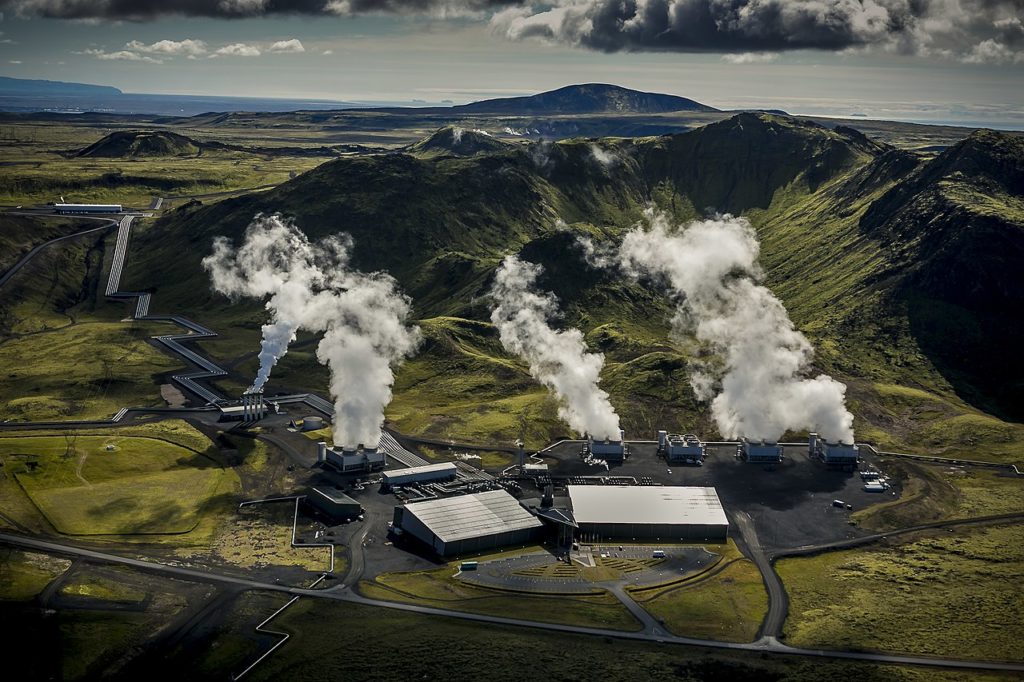… I am sitting close to our friend who is suffering from a dangerously high fever. I’m holding her hand and cooling her head with a damp cloth to lower the temperature. There is not much time left. The antipyretic drug is losing its effect. I don’t know if she will be able to take the next fever attack …
Now imagine Planet Earth was the patient, suffering from a rapidly increasing temperature. We are at a point where immediate cooling is necessary to prevent the collapse of ecosystems (and the subsequent dangerous feedback loops).
Immediate response
The logical immediate response to the threat of global warming is curbing and recapturing the greenhouse gas emissions that are responsible for this problem. But how to get it right?
Let us assume that we have the technical means in place (e.g., an effective carbon-capturing machine) that could bring down the atmospheric carbon dioxide concentration.

And let us assume we could bring down the global temperatures to a tolerable level. Mission achieved?
Working on the symptoms
Reducing a patient’s fever does not necessarily lead to recovery and does not address the actual disease that is causing the fever. A temporary relief, such as the reduction of global warming through climate engineering, is likely to draw attention away from the massive environmental destruction that is happening. Reducing the symptoms will make us forget about the disease that is causing them and allow us to get back to business as usual. The dramatically increasing extinction rates of species, large scale deforestation, destruction of fertile soil, water pollution, etc., cannot be addressed with such measures. Ecosystem collapse only gets postponed and we are even risking our own extinction (see The Precipice: Existential Risk and the Future of Humanity below).
Towards a holistic perspective
Instead of narrowing down the climate debate to the mechanics of carbon dioxide, we have to embed global warming into the narrative of a deeper ecological and cultural crisis. As part of the planetary ecosystem, we have to perceive and acknowledge that our wellbeing and existence directly depends on functional and diverse global ecosystems. A comprehensive review of scientific literature by Zylstra et al. (2014) reveals that “Numerous studies and reviews illustrate that contact with natural environments is beneficial as measured by multiple variables pertaining to physiological, emotional, mental, social and spiritual health, and well-being’. Further, our ‘inability to see oneself as part of nature and a denial of one’s dependency on nature – is recognized as a key contributor to ongoing environmental destruction”.
Our inability to see oneself as part of nature and a denial of one’s dependency on nature—is recognized as a key contributor to ongoing environmental destruction’.
Zylstra et al. (2014)
We have to change our attitude and relationship with nature to get to the fundamental causes of environmental destruction and global warming.
Connectedness with nature and the resulting environmentally responsible behavior is key to create the necessary acceptance and motivation for any global restoration efforts.
To build this connectedness, we need to see Earth as a living organism, in which ecosystems represent complementary organs that are linked through the atmosphere, water, nutrients, and energy flows. Although humanity has become a dominant and shaping factor of all existing ecosystems, we are directly dependent on this ecosphere (see also ‘The Core Concept of Sustainability‘).
Ecosystems need to be restored while we work on reducing new carbon emissions. Measures addressing global warming should therefore include broad restoration approaches to improve the vital functions and carbon sequestration capacities of all ecosystems (e.g. forests, mangroves, peatlands). These measures should also be evaluated by their effectiveness in reducing heat-trapping gases but should not be the only measure of success.
Building a community of regenerative pioneers
Our work at OpenForests is embedded in our deep belief that forests are key to a future worth living in and that we have to find ways to use forests in an ecological and socially sustainable way. All this while developing a deeper connection with nature.
We envision forest landscapes within which people, families, and small to medium organizations connect with their land while generating a truly sustainable income.
To make this become a reality, we are building tools that help to reconnect people and nature. With explorer.land for example, we want to provide a tool that supports forest landscape projects to communicate their work and immerse their stakeholders in the change that this happening on the ground. And with this, raise the necessary resources to rebuild healthy forest landscapes.
Join the community of regenerative forest landscape pioneers on explorer.land.
Resources
2020 – The Precipice: Existential Risk and the Future of Humanity, Toby Ord, ISBN 0316484911
2014 – Connectedness as a Core Conservation Concern: An Interdisciplinary Review of Theory and a Call for Practice, Zylstra, M.J., Knight, A.T., Esler, K.J. et al. Springer Science Reviews 2, 119–143 (2014). https://doi.org/10.1007/s40362-014-0021-3, https://link.springer.com/article/10.1007/s40362-014-0021-3




